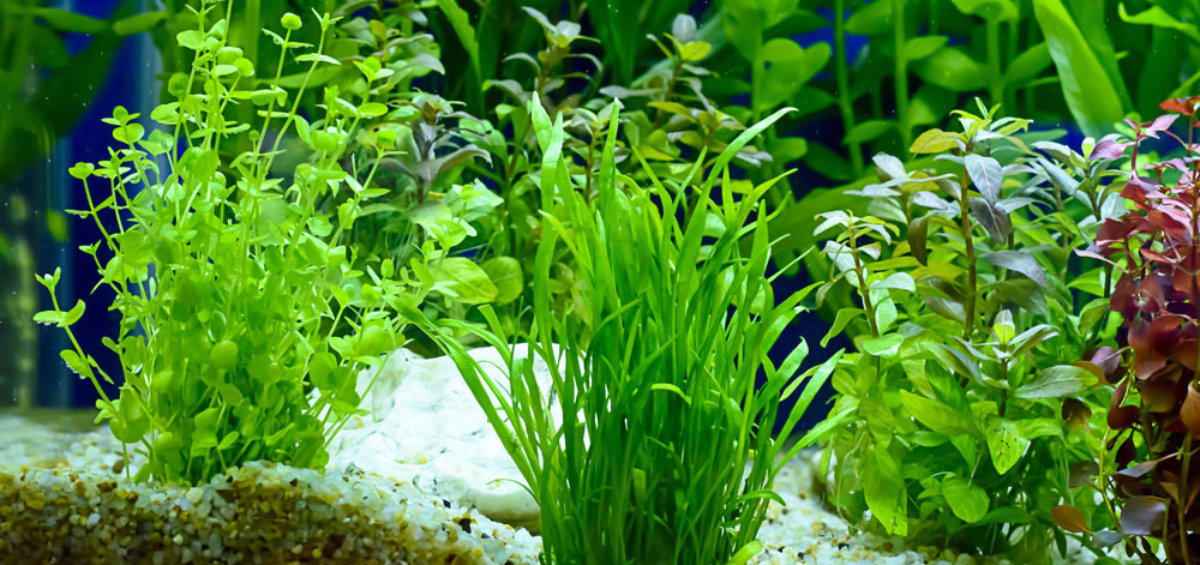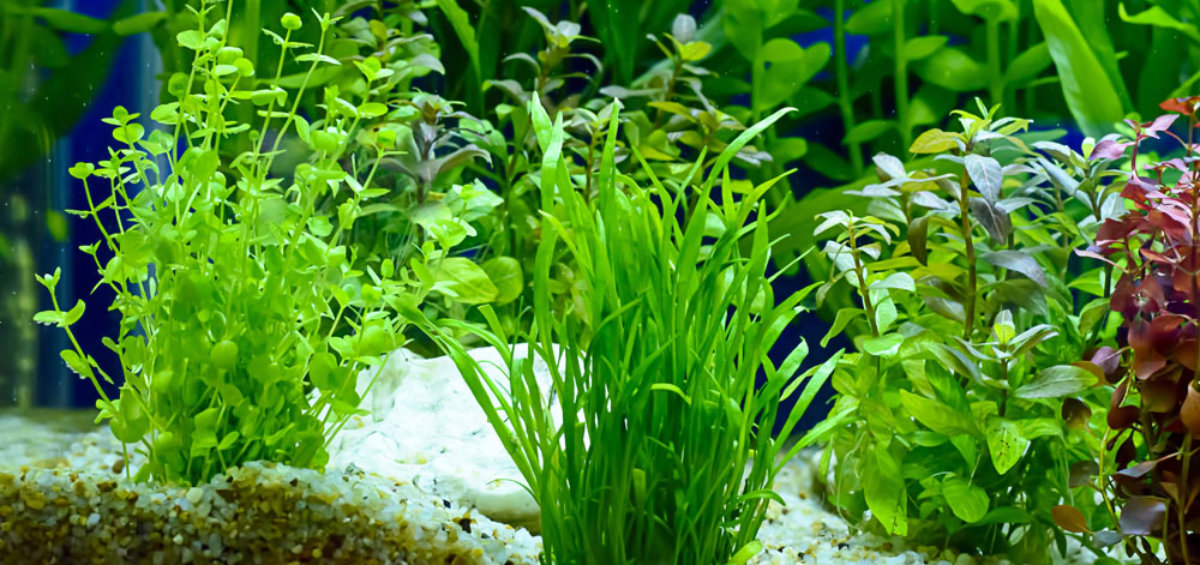Diversity of Aquatic Plants:
Aquatic plants encompass a wide variety, ranging from those that float on the water's surface to those firmly rooted in the substrate. Water lilies (Nymphaeaceae) are classic examples of floating plants , with their vibrant flowers adorning the calm surfaces of ponds and lakes. Submerged plants like eelgrass (Zostera marina) play a crucial role in providing habitat for aquatic organisms and stabilizing sediments.
Adaptations for Life in Water:
The success of aquatic plants lies in their remarkable adaptations to life in water. Many have specialized structures for buoyancy, such as air-filled sacs in their tissues, plants that grow in water enabling them to float effortlessly. Additionally, unique root systems, designed to anchor the plants in the often unstable underwater substrate, help them withstand the challenges of flowing currents.
Filtering and Oxygenating Abilities:
Beyond their aesthetic appeal, aquatic plants play vital roles in maintaining the ecological balance of aquatic ecosystems. Submerged plants, through a process called photosynthesis, contribute significantly to oxygenating the water. They absorb carbon dioxide and release oxygen, enhancing the overall water quality and supporting the life within.
Furthermore, these plants act as natural filters by absorbing excess nutrients from the water, thus preventing the proliferation of algae. In this way, aquatic plants act as guardians, ensuring the well-being of their watery habitats.
Popular Varieties of Aquatic Plants:
Water Hyacinth (Eichhornia crassipes): Known for its striking lavender flowers and lush green leaves, water hyacinth is a floating plant that grows rapidly, making it effective in nutrient absorption. However, its rapid spread in some regions has led to concerns about its invasive nature.
Cattails (Typha spp.): Found along the edges of ponds and marshes, cattails are iconic emergent aquatic plants. Their distinctive cylindrical flower spikes and long, slender leaves provide both habitat and food for various wildlife.
Anubias (Anubias spp.): Popular in aquariums, Anubias is a genus of freshwater plants that can thrive both submerged and partially emerged. Their broad, dark-green leaves add a touch of elegance to aquatic landscapes.
Conservation and Challenges:
Despite their ecological significance, many aquatic plants face threats such as habitat destruction, pollution, and invasive species. Conservation efforts are crucial to safeguard these vital components of aquatic ecosystems. Responsible cultivation and management practices, along with raising awareness about the importance of preserving these habitats, are essential steps toward ensuring the continued existence of these remarkable plants.






Comments